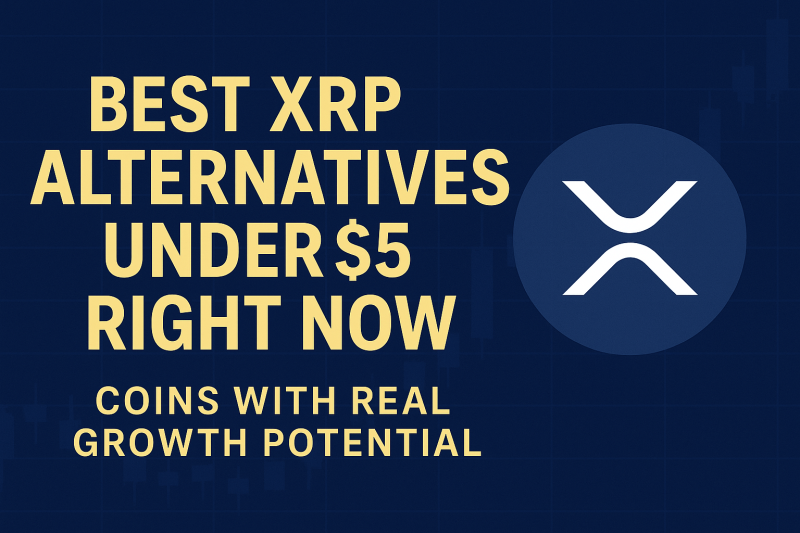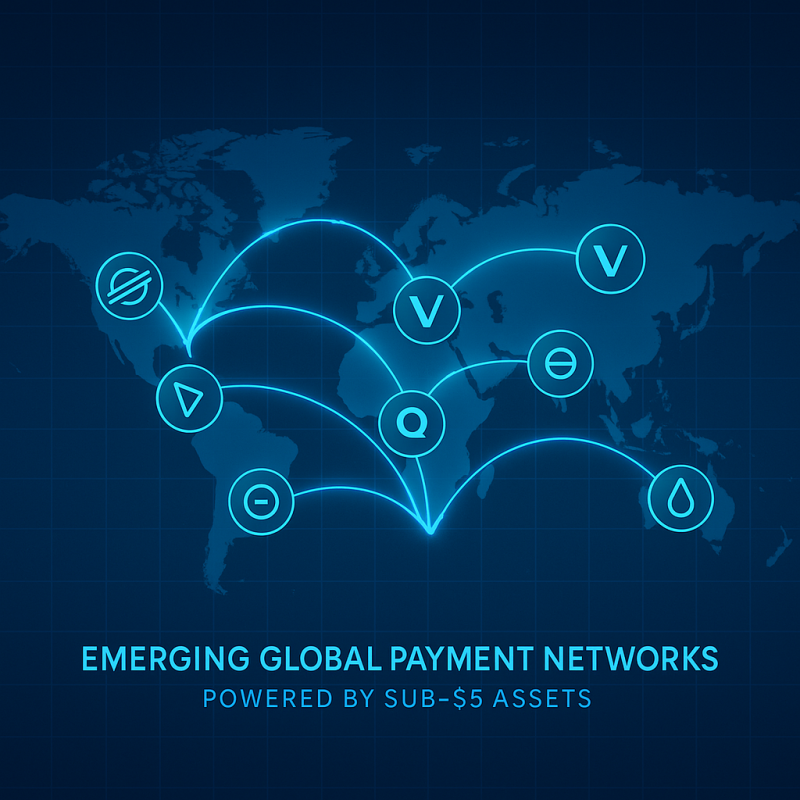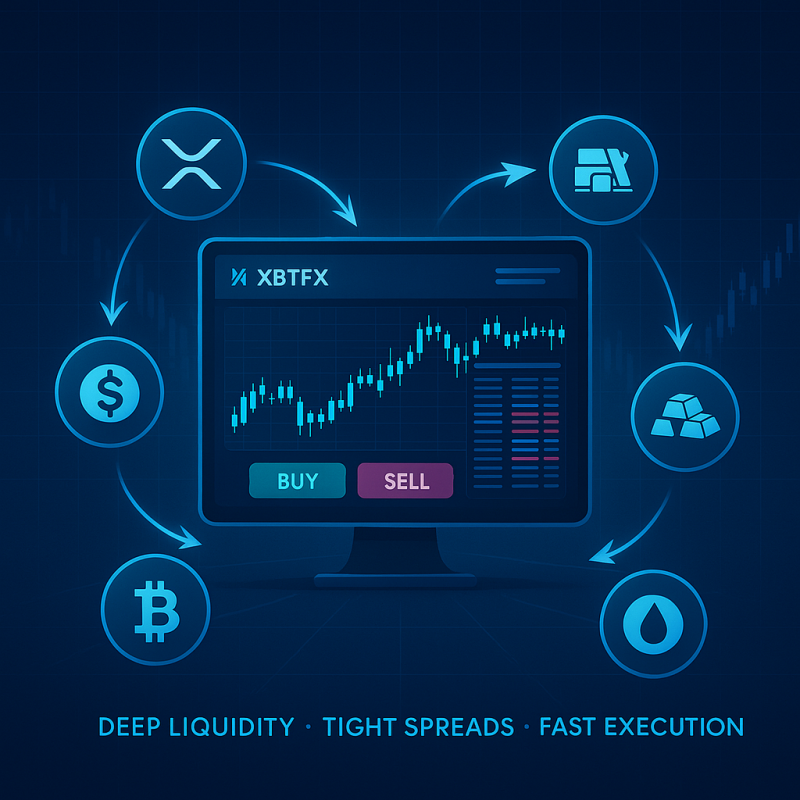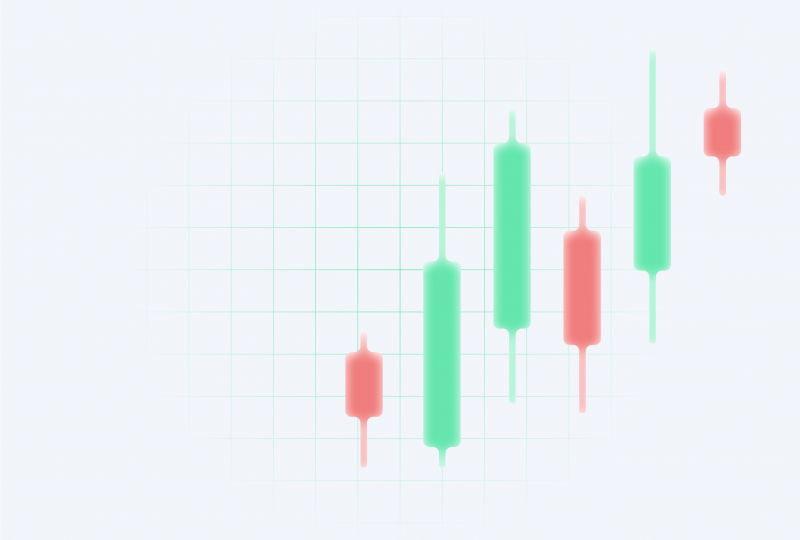Best XRP Alternatives Under $5 Right Now: Affordable Coins With Real Growth Potential
Nov 2, 2025

If you like XRP’s fast, low‑cost transfers but want more upside—or simply to diversify—there’s a deep bench of sub‑$5 tokens building real utility. In this guide, we’ll highlight 10 XRP alternatives under $5 with credible use cases, sensible token economics, and active ecosystems. You’ll also get a quick‑start allocation idea, risk notes, and a practical checklist for evaluating “payments‑style” coins.
Key Takeaways
- Why look beyond XRP? Diversification, earlier‑stage growth, and exposure to niches (stablecoin rails, trade finance, M2M payments, high‑performance L1s).
- Top affordable picks: XLM, XDC, HBAR, ALGO, TRX, XNO (Nano), IOTA, SUI, SEI, VET.
- Use‑case spread: Cross‑border payments, stablecoin settlement, trade finance tokenization, machine micropayments, and high‑throughput DeFi.
- DIY basket idea: See the “Sample Low‑Cost Allocation” section—built to mirror XRP‑like utility with broader optionality.
- How to buy/trade: Spot on major exchanges or via CFDs if you prefer flexibility and hedging. If you trade CFDs, understand the risks and use a regulated provider such as XBTFX (advanced charting and MT5 available).
How We Chose These XRP Alternatives
To keep this practical, each pick fits most of the following:
- Under $5 per token at the time of writing (price alone ≠ value, but it does help with position sizing).
- Payments, settlement, or throughput advantage (low fees, speed, or specialized rails).
- Clear utility & roadmap beyond hype (docs, dev tooling, or real integrations).
- Reasonable liquidity & listings for entry/exit.
- Community and builder traction (active repos, hackathons, grants, or enterprise pilots).
The 10 Best XRP Alternatives Under $5 (2025)
1) Stellar (XLM) — Borderless payments with fiat on/off‑ramps
Why it’s compelling: Built for cross‑border value transfer and asset issuance, Stellar focuses on real‑world payment rails—think remittances, stablecoins, and tokenized assets. It’s XRP‑adjacent in purpose but community‑governed and open‑source. stellar.org
What to watch: Partner progress, on‑chain FX liquidity, and corridor growth.
Best for: Users wanting XRP‑like speed/cost with a strong remittance angle.
2) XDC Network (XDC) — Trade finance & tokenized receivables
Why it’s compelling: XDC zeroes in on trade finance, enabling tokenized invoices/guarantees and document flows (e.g., via TradeFinex). If you like real‑world assets (RWA) tied to global commerce, this thesis is attractive.
What to watch: Standardization (e.g., MLETR adoption), bank pilots, and RWA liquidity.
Best for: Utility seekers who want tangible, enterprise‑style adoption.
3) Hedera (HBAR) — Enterprise‑grade public network (hashgraph)
Why it’s compelling: Hedera uses a hashgraph consensus with a well‑known governing council. It pushes finality, low fees, and compliance‑minded tooling for tokenization and payments.
What to watch: Council‑led deployments, token service growth, and stablecoin settlement.
Best for: Builders targeting regulated use cases and predictable fees.

4) Algorand (ALGO) — Pure Proof‑of‑Stake efficiency
Why it’s compelling: Algorand’s Pure Proof‑of‑Stake emphasizes speed, low cost, and formal research pedigree—suiting payments, micro‑settlement, and high‑volume issuance.
What to watch: Governance participation, DeFi depth, and cross‑border pilots.
Best for: Users who value academic rigor and a clean L1 design.
5) TRON (TRX) — The stablecoin workhorse
Why it’s compelling: TRON consistently processes large volumes and often hosts the largest share of USDT in circulation, making it a dominant rail for remittances and stablecoin payments in practice. Fees are tiny and settlement is fast.
What to watch: Regulatory posture, cross‑border corridors, and on‑chain compliance tooling.
Best for: Users who send/receive stablecoins frequently and need low friction.
6) Nano (XNO) — Feeless, instant peer‑to‑peer money
Why it’s compelling: Nano’s design pursues instant, fee‑less transfers, making it ideal for micropayments and everyday p2p value exchange. That “no fees” property is rare and differentiating.
What to watch: Merchant tools, wallet UX, and spam‑resistance improvements.
Best for: Power users who crave ultra‑fast payments without network fees.
7) IOTA (IOTA) — Tangle‑based micro‑transactions and IoT
Why it’s compelling: IOTA uses a DAG (“Tangle”) rather than a traditional blockchain, aiming at fee‑less micro‑transactions—promising for machine‑to‑machine payments (e.g., devices, sensors).
What to watch: Mainnet upgrades, enterprise pilots, and wallet UX.
Best for: Builders exploring IoT, data marketplaces, or streaming payments.
8) Sui (SUI) — High‑throughput L1 with parallel execution
Why it’s compelling: Sui’s object‑centric model and parallel execution bring sub‑second finality for consumer‑grade apps—useful for high‑volume settlement and UX‑sensitive payments layers.
What to watch: Developer momentum, payments SDKs, and stablecoin/native fiat ramps.
Best for: Teams building fast consumer apps that need near‑instant user flows.
9) Sei (SEI) — Trading‑first L1 with orderbook focus
Why it’s compelling: Sei targets exchange‑style throughput (fast blocks, MEV‑aware design), which also benefits payments and settlement where responsiveness and determinism matter.
What to watch: EVM adoption, on‑chain market makers, and fiat ramps.
Best for: Users who straddle payments and trading and want snappy finality.
10) VeChain (VET) — Supply‑chain rails that touch the real world
Why it’s compelling: VeChain’s enterprise tooling powers track‑and‑trace, provenance, and sustainability use cases—useful where payments meet logistics and compliance. Dual‑token economics (VET/VTHO) help stabilize fees.
What to watch: New enterprise deployments, ToolChain adoption, and carbon/sustainability programs.
Best for: Investors who want tangible, non‑financial use cases with payment hooks.
Sample Low‑Cost Allocation (Illustration Only)
If you want XRP‑style utility without concentration risk, here’s an example mix you could research further:
- Payments rails core (40%): XLM 10% · TRX 10% · ALGO 10% · HBAR 10%
- Specialized utility (35%): XDC 10% · VET 10% · IOTA 5% · XNO 10%
- High‑throughput L1s (25%): SUI 12.5% · SEI 12.5%
Why this spread? You get (a) multiple low‑fee settlement options, (b) enterprise/RWA optionality, and (c) performance L1s to capture growth in consumer and trading apps. Rebalance quarterly; trim over‑performers and top up laggards if the thesis holds.
How to Evaluate “XRP‑Style” Coins (Quick Checklist)
- Finality & Fees: Sub‑second to a few seconds, with predictable, low costs.
- Corridors & Liquidity: Are there fiat on/off‑ramps or stablecoin depth on major pairs?
- Regulatory Fit: Does the ecosystem support compliance (token service, KYC/KYB partners, auditable rails)?
- Developer Gravity: Tooling, grants, hackathons, SDKs, and published roadmaps.
- Ecosystem Proof: Enterprise pilots, credible partnerships, or real app usage.
- Token Economics: Emissions, unlocks, and fee model (burns, dual‑token, staking incentives).
Where to Trade XRP Alternatives Efficiently
Finding the “best crypto to buy now” is only half the job—executing trades cleanly is the other half. High spreads, slippage, and thin order books can eat into performance, especially during altcoin season when volatility is elevated.

The Frictions Most Traders Face
Even great ideas underperform in the wrong venue. Common pain points include:
- Wide spreads that quietly tax every entry and exit
- Slippage when you size up into shallow liquidity
- Slow or inconsistent execution that misses fast‑moving setups
Choosing a Trading Platform for Sub‑$5 XRP Alternatives
As the team behind this guide, we trade where the rails match the thesis. XBTFX stands out for building a venue that’s purpose‑built for altcoin flow:
- Deep Liquidity & Reduced Slippage
A robust order book on major altcoins helps you scale into positions with confidence and exit without “price shock.” - Tight, Transparent Spreads
Cost control matters for active and short‑term strategies. XBTFX is engineered to keep effective trading costs lean so more of your edge reaches the P&L. - Fast Execution + Multi‑Asset Coverage
Crypto moves in seconds. XBTFX delivers swift fills and supports a broad lineup—from XRP alternatives and metaverse/DeFi names to Forex and commodities—so you can diversify and hedge in one place. - Pro‑Level Tooling
Trade with advanced charting and order‑types via the XBTFX MetaTrader 5, accessible in your browser.
Ready to put these ideas to work? Open your trading account and launch the WebTerminal to start trading XRP alternatives with deep liquidity, tight spreads, and fast execution.
Risks
- Regulatory change: Payments rails are in the crosshairs; rules can affect liquidity and listings.
- Throughput vs. Decentralization: High TPS trade‑offs can surface under stress.
- Token unlocks & emissions: Dilution can cap upside if demand lags supply.
- Narrative drift: “Payments” tokens can lose mindshare to newer L1s or evolving stablecoin standards.
- Execution risk: Partnerships and roadmaps may slip; watch on‑chain usage, not headlines.
FAQ
Is XRP still worth holding alongside these?
Possibly. Diversification means owning XRP plus select alternatives that target different rails (stablecoin settlement, trade finance, IoT, etc.). Correlations can break during regime shifts.
Are these really under $5?
At the time of writing, the tokens above typically trade under $5 per unit; always check live prices before buying.
What’s the single best XRP alternative?
There isn’t a one‑size‑fits‑all answer. If you want payments and remittances, XLM/TRX stand out. If you want enterprise‑grade rails, look at HBAR/XDC/VET. For throughput and UX, consider SUI/SEI.
How often should I rebalance?
Quarterly works for many. Reassess on major roadmap or regulatory changes.
Bottom Line
If you missed XRP’s early days—or you simply want a wider net across fast, low‑cost settlement—you don’t need to chase expensive coins to get credible exposure. A thoughtful blend of XLM, TRX, HBAR, ALGO, XDC, XNO, IOTA, SUI, SEI, and VET can mirror XRP‑style utility while giving you new growth vectors in stablecoins, trade finance, IoT, and high‑performance L1s. Start small, track real usage, and let the data—not headlines—drive your sizing.




